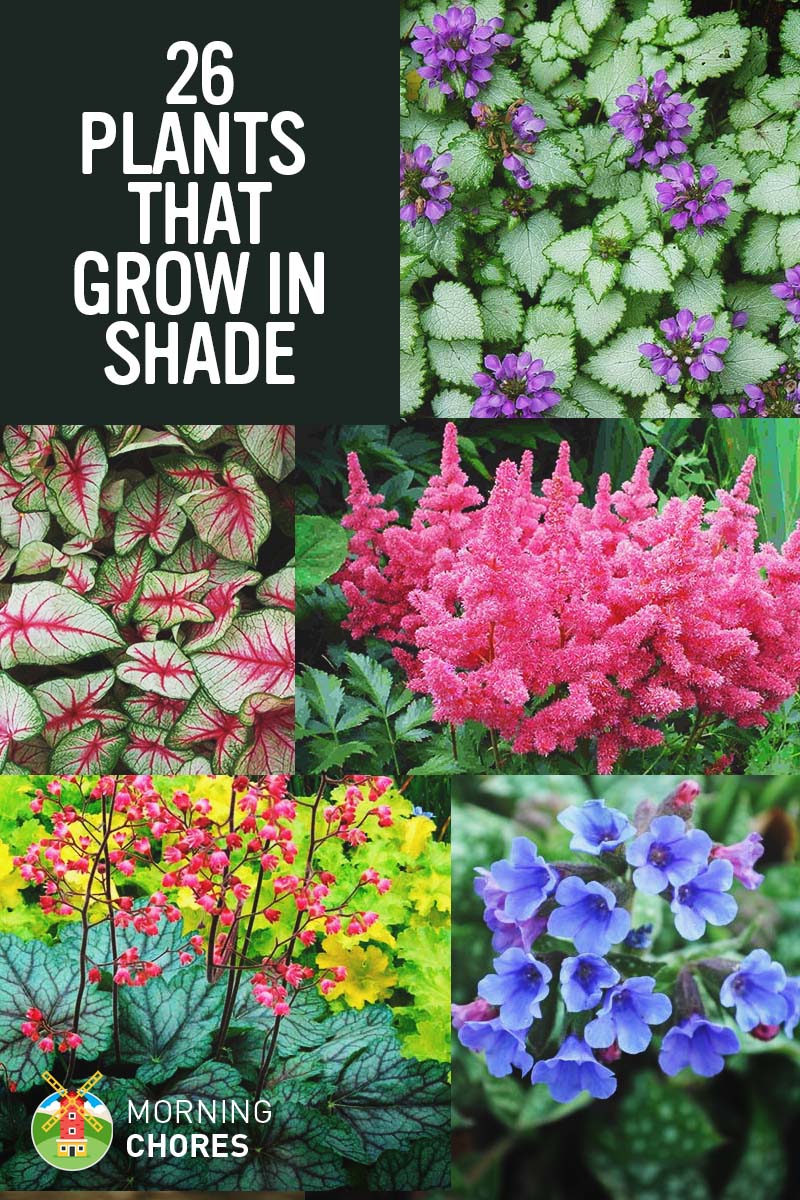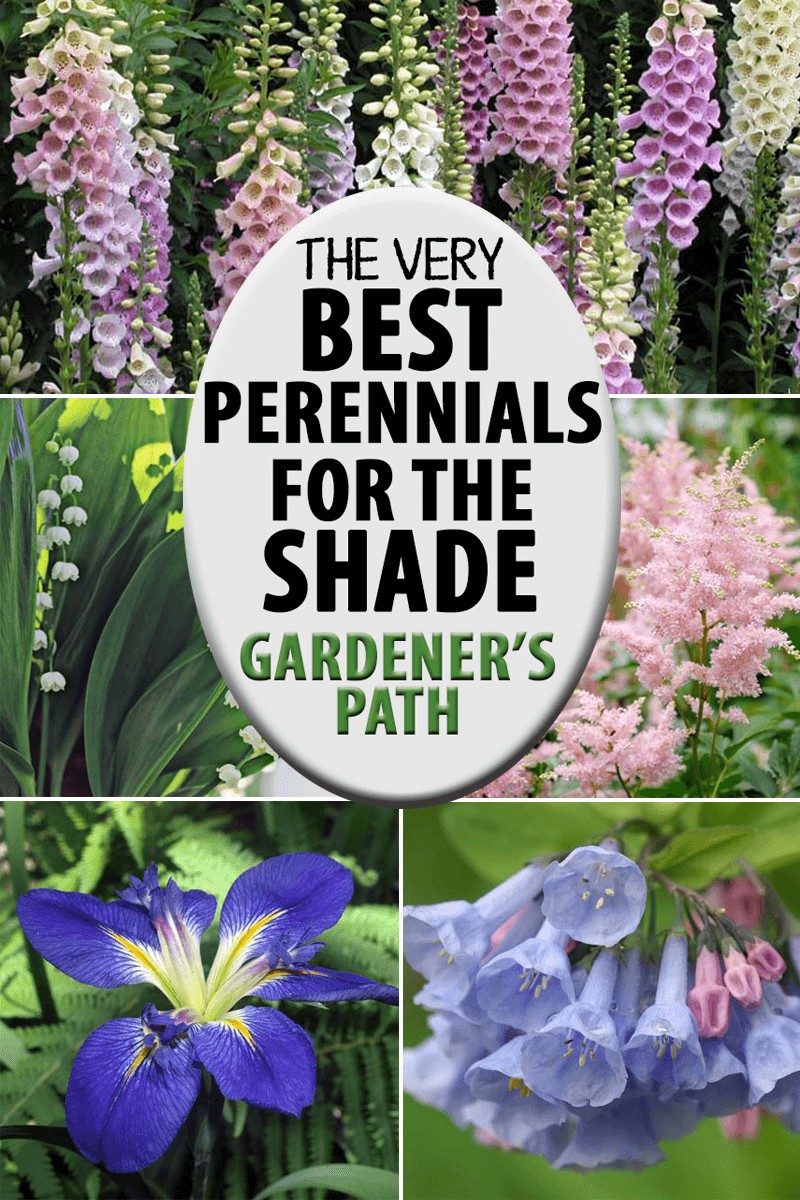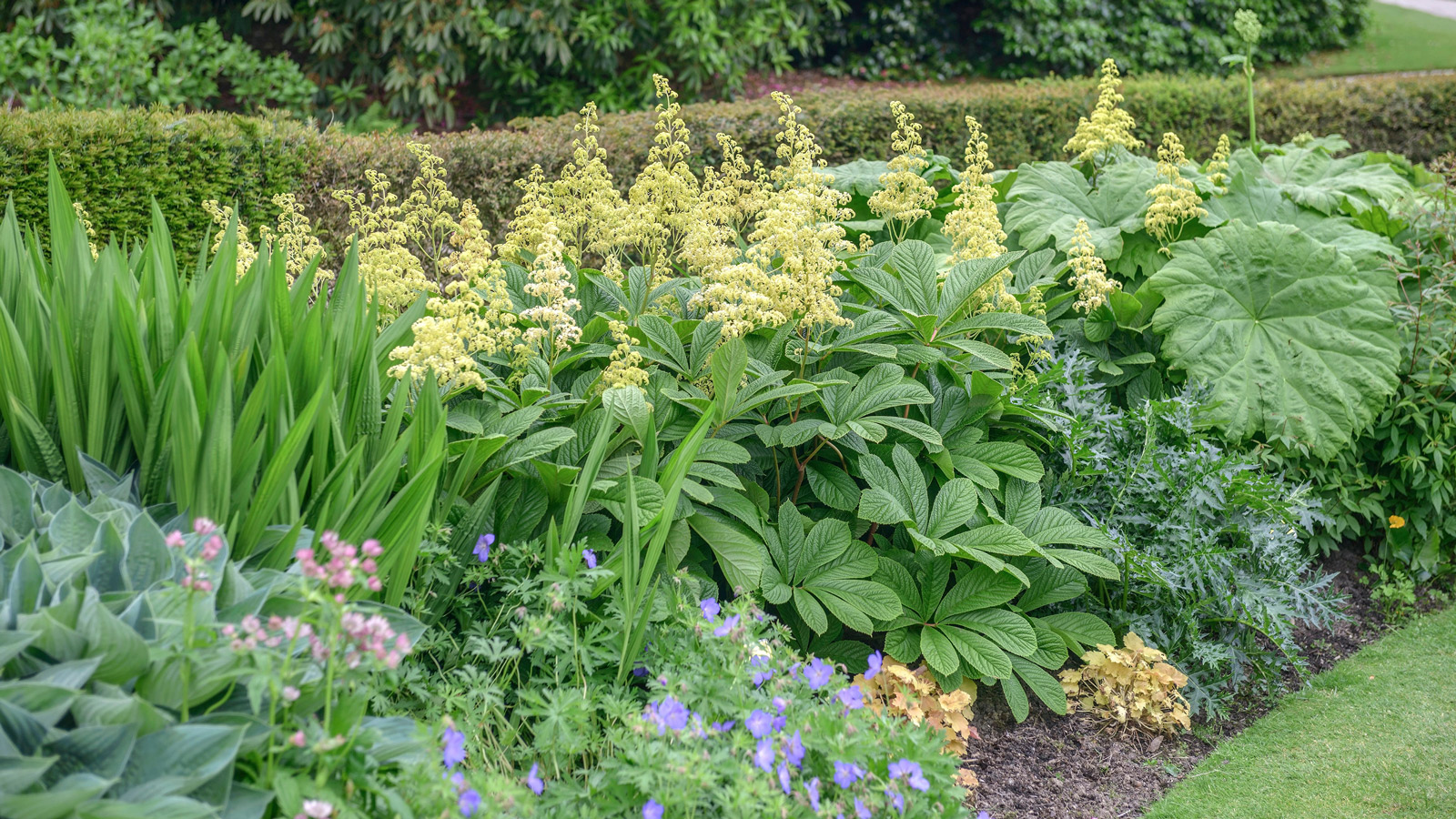How to Choose the Right Plants for Your Wet and Shaded Garden
Gardening in wet and shaded areas can be a challenging but rewarding experience. To ensure success, it’s essential to select plants that are tolerant of these conditions. When choosing plants for shade wet soil, consider factors such as soil type, moisture levels, and sunlight exposure. Wet and shaded areas often have heavy clay soils that can be prone to waterlogging, so plants that thrive in these conditions should be able to tolerate excess moisture.
One of the primary considerations when selecting plants for wet and shaded areas is their ability to adapt to low light conditions. Look for plants with large leaves or variegated foliage, as these tend to be more efficient at capturing limited sunlight. Additionally, consider plants with deep roots, as these can help to stabilize the soil and prevent erosion.
Another crucial factor to consider is the plant’s tolerance for excess moisture. Plants that thrive in wet conditions often have adaptations such as thick cuticles or waxy coatings on their leaves to prevent water loss. They may also have shallow root systems that allow them to absorb moisture from the surface soil.
Some popular plants for shade wet soil include Hellebores, Astilbe, and Hostas. These plants are all relatively low-maintenance and can thrive in conditions with limited sunlight and excess moisture. However, it’s essential to note that even these plants will require some maintenance, such as regular watering and fertilization, to ensure they continue to thrive.
When selecting plants for your wet and shaded garden, it’s also essential to consider the overall aesthetic you want to achieve. Think about the color palette, texture, and form of the plants, and how they will work together to create a visually appealing landscape. By choosing the right plants for your wet and shaded garden, you can create a beautiful and thriving outdoor space that brings joy and serenity to your life.
Top Picks for Wet Shade: Plants that Will Flourish in Challenging Conditions
When it comes to selecting plants for shade wet soil, there are several options that are well-suited for these challenging conditions. Hellebores, also known as Christmas roses, are a popular choice for wet and shaded areas. These evergreen flowering plants produce nodding, bell-shaped flowers in shades of white, pink, and purple, and can thrive in conditions with limited sunlight and excess moisture.
Astilbe is another plant that excels in wet and shaded areas. These flowering perennials produce feathery plumes in shades of pink, red, and white, and can add a dramatic touch to any landscape. Astilbe prefers moist, fertile soil and partial shade, making it an ideal choice for plants for shade wet soil.
Hostas are a versatile and low-maintenance option for wet and shaded areas. These leafy perennials come in a range of sizes and colors, and can be used as a groundcover or accent plant. Hostas prefer moist, fertile soil and partial shade, and can thrive in conditions with limited sunlight and excess moisture.
Other plants that are well-suited for wet and shaded areas include Bleeding Heart, Foxglove, and Lady’s Mantle. These plants are all relatively low-maintenance and can thrive in conditions with limited sunlight and excess moisture. When selecting plants for your wet and shaded garden, be sure to choose options that are well-suited to your specific climate and soil type.
In addition to these individual plant options, consider using a combination of plants to create a visually appealing landscape. By selecting plants with different growth habits, textures, and colors, you can create a dynamic and interesting landscape that will thrive in wet and shaded conditions.
Native Plants for Wet Shade: Exploring the Benefits of Indigenous Species
When it comes to selecting plants for shade wet soil, native plants are an excellent choice. Native plants have evolved to thrive in the local climate and soil conditions, making them well-suited for wet and shaded areas. They also provide a range of benefits, including attracting local wildlife, requiring less maintenance, and promoting biodiversity.
One of the main advantages of using native plants in wet and shaded areas is their ability to attract local wildlife. Native plants provide a source of food and shelter for local animals, such as birds, bees, and butterflies. This can help to create a thriving ecosystem in your garden, and provide a sense of connection to the natural world.
Native plants also require less maintenance than non-native plants. They are adapted to the local climate and soil conditions, so they are less likely to require frequent watering, fertilizing, or pruning. This can make them a great choice for busy gardeners, or those who want to create a low-maintenance landscape.
In addition to their practical benefits, native plants can also add a unique and beautiful touch to your garden. They often have distinctive foliage, flowers, or growth habits that can add visual interest to your landscape. For example, the native plant, Eastern Columbine, produces delicate red and yellow flowers that are a favorite of hummingbirds.
Some examples of native plants that thrive in wet and shaded areas include the following:
– Eastern Columbine (Aquilegia canadensis): A delicate perennial with red and yellow flowers that attract hummingbirds.
– Wild Ginger (Asarum canadense): A low-growing perennial with heart-shaped leaves and reddish-brown flowers.
– Foamflower (Tiarella cordifolia): A perennial with maple-like leaves and white or pink flowers that attract bees and butterflies.
By incorporating native plants into your garden, you can create a beautiful and functional landscape that provides a range of benefits for both you and the environment.
Shade-Tolerant Ground Covers for Wet Areas: Solutions for Erosion Control
Ground covers are an excellent option for wet and shaded areas, as they can help to stabilize the soil, reduce maintenance, and create a beautiful landscape. When selecting ground covers for plants for shade wet soil, it’s essential to choose options that are tolerant of shade and moisture.
Creeping Thyme (Thymus serpyllum) is a popular ground cover that thrives in wet and shaded areas. This low-growing, spreading plant has tiny leaves and produces pink or white flowers in the summer. Creeping Thyme is an excellent choice for erosion control, as it can help to stabilize the soil and prevent washing away.
Vinca minor, also known as Periwinkle, is another shade-tolerant ground cover that excels in wet areas. This evergreen plant has blue-purple flowers in the spring and has a moderate growth rate. Vinca minor is an excellent choice for areas with poor soil, as it can help to improve soil quality and prevent erosion.
Pachysandra (Pachysandra terminalis) is a slow-growing, evergreen ground cover that thrives in shaded areas with moist soil. This plant has glossy leaves and produces white flowers in the spring. Pachysandra is an excellent choice for areas with poor soil, as it can help to improve soil quality and prevent erosion.
Other shade-tolerant ground covers that can help with erosion control in wet areas include:
– Sweet Woodruff (Galium odoratum): A low-growing, spreading plant with white flowers in the spring.
– Wild Strawberry (Fragaria vesca): A low-growing, spreading plant with yellow flowers in the spring and edible fruit in the summer.
– Creeping Jenny (Lysimachia nummularia ‘Aurea’): A fast-growing, spreading plant with golden leaves and yellow flowers in the spring.
By incorporating shade-tolerant ground covers into your landscape, you can create a beautiful and functional space that helps to prevent erosion and improve soil quality.
Moisture-Loving Shrubs for Shade: Adding Structure and Interest
When it comes to adding structure and interest to a wet and shaded garden, shrubs are an excellent option. Moisture-loving shrubs can thrive in conditions with limited sunlight and excess moisture, providing a beautiful and functional element to the landscape.
Rhododendrons are a popular choice for wet and shaded areas, with over 1,000 species to choose from. These evergreen shrubs produce showy flowers in shades of pink, purple, and white, and can grow up to 6 feet tall. Rhododendrons prefer acidic soil and consistent moisture, making them an ideal choice for plants for shade wet soil.
Azaleas are another type of shrub that excels in wet and shaded areas. These flowering shrubs produce vibrant blooms in shades of pink, purple, and white, and can grow up to 6 feet tall. Azaleas prefer acidic soil and consistent moisture, making them a great choice for plants for shade wet soil.
Hydrangeas are a versatile and low-maintenance option for wet and shaded areas. These shrubs produce large, showy flowers in shades of pink, blue, and white, and can grow up to 6 feet tall. Hydrangeas prefer well-draining soil and consistent moisture, making them an excellent choice for plants for shade wet soil.
Other moisture-loving shrubs that can thrive in wet and shaded areas include:
– Mountain Laurel (Kalmia latifolia): A flowering shrub with pink and white blooms that can grow up to 10 feet tall.
– Pieris (Pieris japonica): A flowering shrub with white and pink blooms that can grow up to 10 feet tall.
– Weigela (Weigela florida): A flowering shrub with pink and white blooms that can grow up to 6 feet tall.
By incorporating moisture-loving shrubs into your landscape, you can add structure and interest to your wet and shaded garden, while also providing a beautiful and functional element to the landscape.
Wet Shade Plants for Containers: Bringing Life to Small Spaces
Containers are a great way to add plants to small spaces, even in wet and shaded areas. When selecting plants for containers in these conditions, it’s essential to choose options that can thrive in low-light and moist environments.
Ferns are a popular choice for containers in wet and shaded areas. These delicate plants come in a range of species, including the Autumn Fern, the Lady Fern, and the Maidenhair Fern. Ferns prefer moist soil and partial shade, making them an ideal choice for plants for shade wet soil.
Peace Lilies are another great option for containers in wet and shaded areas. These elegant plants produce white blooms in the spring and can grow up to 6 feet tall. Peace Lilies prefer well-draining soil and partial shade, making them a great choice for plants for shade wet soil.
Begonias are a versatile and low-maintenance option for containers in wet and shaded areas. These flowering plants come in a range of species, including the Begonia x hybrida and the Begonia semperflorens. Begonias prefer moist soil and partial shade, making them an ideal choice for plants for shade wet soil.
When selecting plants for containers in wet and shaded areas, it’s essential to choose the right potting mix and container size. A well-draining potting mix can help to prevent waterlogged soil, while a large enough container can provide the necessary room for the plant’s roots to grow.
Some tips for selecting the right potting mix and container size include:
– Choose a potting mix that is specifically designed for wet and shaded areas.
– Select a container that is at least 6-8 inches deep to provide enough room for the plant’s roots to grow.
– Consider using a self-watering container to help reduce maintenance and prevent overwatering.
By selecting the right plants and using the right potting mix and container size, you can create a beautiful and thriving container garden in even the smallest of spaces.
Designing a Wet Shade Garden: Tips for Creating a Beautiful and Functional Space
Designing a wet shade garden requires careful consideration of the unique conditions of the space. When creating a beautiful and functional wet shade garden, it’s essential to consider the layout, hardscaping features, and plant selection.
When designing a wet shade garden, it’s essential to create a visually appealing layout. Consider using a mix of plants with different textures, colors, and growth habits to add depth and interest to the space. Incorporate hardscaping features such as paths, patios, and water features to create a functional and beautiful space.
When selecting plants for a wet shade garden, it’s essential to choose options that can thrive in the unique conditions of the space. Consider using a mix of plants that can tolerate wet soil and shade, such as ferns, hostas, and hellebores. Incorporate plants with different growth habits, such as groundcovers, shrubs, and trees, to add depth and interest to the space.
Some tips for designing a wet shade garden include:
– Use a mix of plants with different textures, colors, and growth habits to add depth and interest to the space.
– Incorporate hardscaping features such as paths, patios, and water features to create a functional and beautiful space.
– Choose plants that can thrive in the unique conditions of the space, such as wet soil and shade.
– Consider using a mix of plants with different growth habits, such as groundcovers, shrubs, and trees, to add depth and interest to the space.
By following these tips, you can create a beautiful and functional wet shade garden that thrives in the unique conditions of the space.
Maintenance and Care for Wet Shade Plants: Ensuring Long-Term Success
Proper maintenance and care are essential for the long-term success of plants in wet and shaded areas. When caring for plants in these conditions, it’s essential to monitor soil moisture and adjust maintenance routines accordingly.
Watering is a critical aspect of caring for plants in wet and shaded areas. Overwatering can lead to root rot and other problems, while underwatering can cause stress and reduce plant growth. Check the soil regularly to ensure it is consistently moist but not waterlogged.
Fertilizing is also important for plants in wet and shaded areas. Use a balanced, water-soluble fertilizer to provide essential nutrients for plant growth. Avoid overfertilizing, as this can cause more harm than good.
Pruning is another important aspect of caring for plants in wet and shaded areas. Prune plants regularly to maintain shape, promote healthy growth, and remove dead or diseased branches.
Pest management is also crucial for plants in wet and shaded areas. Keep an eye out for pests such as slugs, snails, and aphids, and use organic or chemical controls as needed to prevent infestations.
Some additional tips for caring for plants in wet and shaded areas include:
– Mulch around plants to retain moisture and suppress weeds.
– Use a layer of compost or well-rotted manure to improve soil fertility and structure.
– Avoid walking on the soil in wet and shaded areas, as this can cause compaction and damage to plant roots.
By following these tips and adjusting maintenance routines accordingly, you can ensure the long-term success of your plants in wet and shaded areas.





:max_bytes(150000):strip_icc()/GettyImages-56961375-584adb4e5f9b58a8cd3c9aa0.jpg)


